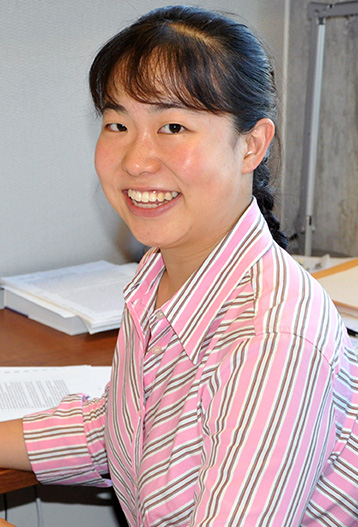
 |
The National Science Foundation has awarded Iris Tien $499,920 for a three-year project that will develop new computer models of infrastructure systems and the connections between them.
The idea is to create a model that can be used for any infrastructure system — water, power, transportation, or communications, for example — and takes into account each component of the system as well as how the system interacts with other infrastructure.
The result will be software that can help utilities make real-time decisions and even automatically adjust how infrastructure operates to account for problems.
“Infrastructure systems are very critical to a functioning society, how we go about our day-to-day lives. They’re critical for the security of our country and for being able to be productive and healthy and safe,” Tien said. “As these systems are subject to more and more hazards of different types, it’s really important for us to be able to model these systems properly and to be able to make decisions about how we manage these systems so they perform better under different adverse conditions.”
Tien said current infrastructure management systems are highly distributed. Each power utility or water system might have its own models or decision-making frameworks. But nothing exists that works for all of those systems and accounts for how they interact, she said.
“We have more and more data that’s becoming available about these systems,” she said. “One of the main motivations behind this project is how do we use that data to better assess the current state of infrastructure systems and use it to predict future behaviors to help us make control decisions or management decisions for current infrastructure so they are more reliable and more resilient.”
The project will look at three kinds of systems: communications, power and transportation. It will focus on one rural community in Georgia and one urban area in California.
The work is part of a batch of projects just funded under a new NSF program to improve the nation’s infrastructure through fundamental research. Tien is working with two other Georgia Tech researchers, Calton Pu in the School of Computer Science and Seymour Goodman in the School of International Affairs.
The multidisciplinary nature of the team is important, Tien said, because the project hinges on getting buy-in from the stakeholders who might use the model the researchers come up with. To that end, Tien said the model will incorporate the kinds of factors that decision-makers actually consider as they manage infrastructure.
“I think a lot of times in engineering, we come up with this really great solution that does not really work in the real world or nobody knows about it,” she said, “so that stakeholder component is very important, to be able to work with actual decision makers and actual utilities to make an impact.”
